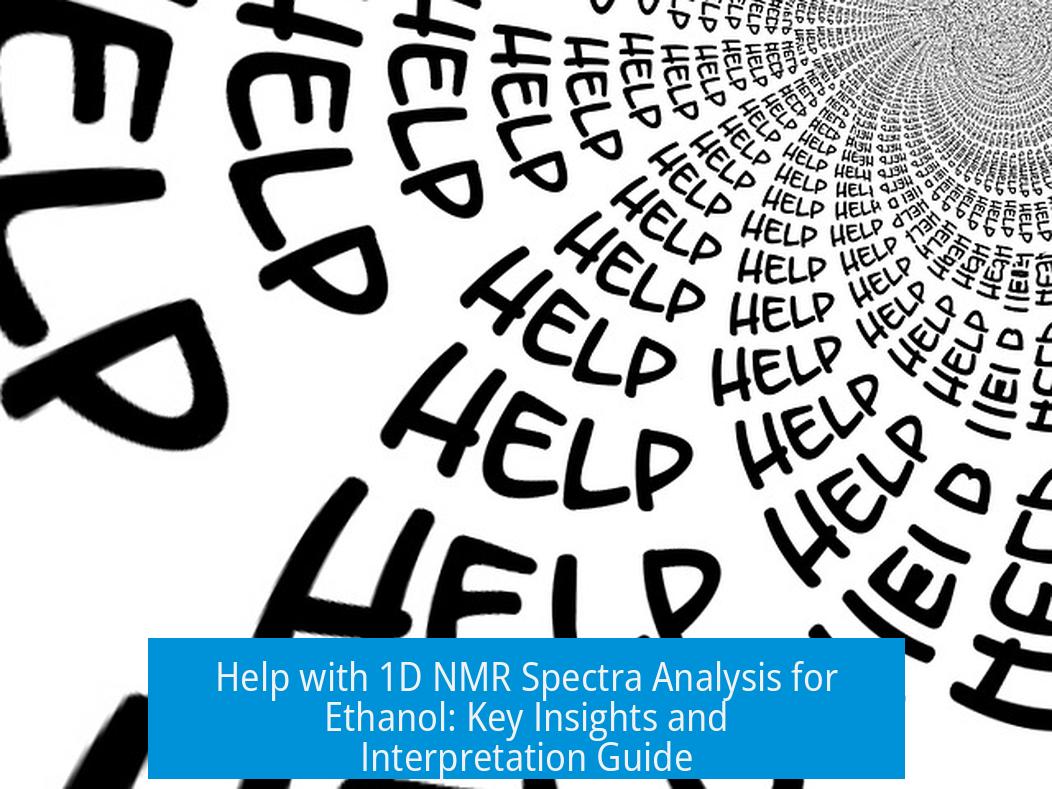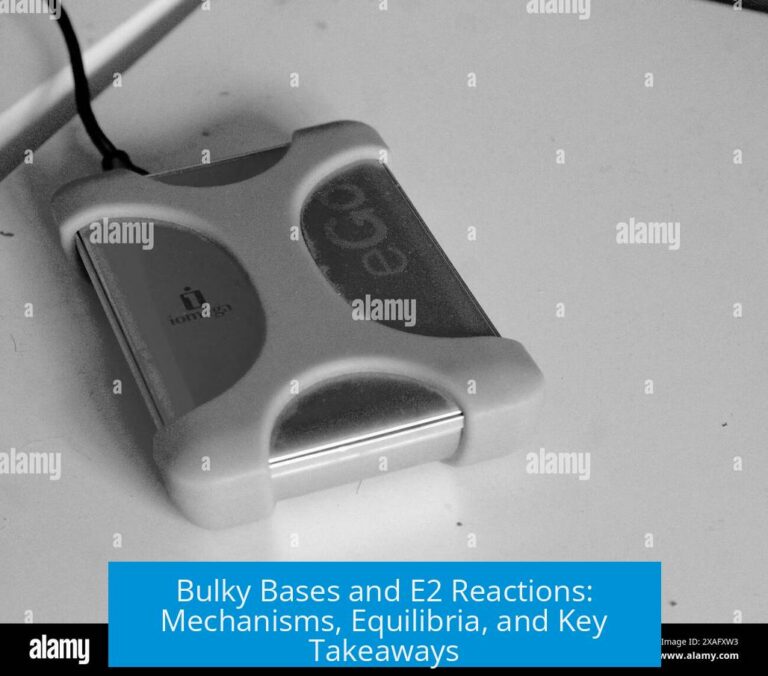Understanding 1D 1H NMR Spectra of Ethanol
In simple 1D 1H NMR spectra of ethanol, the characteristic peaks correspond to three proton environments: the methyl group (CH3), the methylene group (CH2), and the hydroxyl proton (OH). The hydroxyl proton often shows a broad singlet due to rapid exchange and hydrogen bonding, but its splitting pattern can vary based on conditions.
1. Proton Environments and Expected Splitting
- CH3 protons: Appear as a triplet due to coupling with adjacent CH2 protons (n+1 rule; n=2).
- CH2 protons: Appear as a quartet caused by coupling with the CH3 protons (n=3).
- OH proton: Typically presents as a broad singlet.
This classic pattern corresponds to correct integral ratios of 3:2:1 for CH3:CH2:OH.
2. Hydroxyl Proton Splitting Complexity
The OH proton frequently exhibits a broad singlet because of rapid proton exchange, especially in protic solvents or humid conditions. However, in very dilute, non-hydrogen bonding conditions, the OH may exhibit coupling and thus show splitting (e.g., a doublet).
Hydrogen bonding causes randomization of coupling, leading to broadening or disappearance of fine splitting. Hence, the OH signal’s appearance is sensitive to sample concentration, temperature, and solvent environment.
3. Discrepancies in Spectrum Interpretation
- If observed multiplicites and integrals differ from expectations, possible causes include impurities, concentration effects, or instrument limitations.
- Extra low-intensity peaks can result from residual water, instrumental noise, or minor contaminants, even with pure or GC-grade ethanol.
- Instrument factors, such as using an F80 benchtop NMR with a simple pulse sequence, can affect resolution and sensitivity, complicating peak assignment.
4. Practical Considerations
- Ensure sample purity and avoid contamination with water or other solvents.
- Adjust sample concentration to observe or minimize OH coupling effects.
- Use appropriate acquisition parameters to enhance resolution.
- Refer to literature or databases for comparison spectra to confirm expected patterns.
Summary of Key Points
- Ethanol exhibits three 1H NMR proton environments—methyl (triplet), methylene (quartet), and hydroxyl (broad singlet or variable).
- OH proton splitting depends on hydrogen bonding and concentration; it often appears broad or singlet-like.
- Unexpected multiplicities or peaks may arise from impurities, water, or instrument limitations.
- Observing correct integral ratios and coupling patterns confirms spectral assignment.
Why does the hydroxyl (OH) proton in ethanol sometimes appear as a singlet in 1D NMR?
The OH proton often shows a singlet due to rapid hydrogen bonding and proton exchange. These processes average out coupling to neighboring protons, broadening or simplifying the OH signal.
Can the concentration of ethanol affect the splitting pattern of the OH proton?
Yes. In very dilute solutions, coupling to adjacent protons may be visible, causing splitting of the OH signal. In concentrated samples, hydrogen bonding usually randomizes this effect, producing a broad or singlet peak.
What causes extra low-intensity peaks in the ethanol 1D 1H NMR spectrum?
Minor peaks can arise from trace impurities, residual water, or instrument artifacts. Even pure ethanol may have small contaminants or solvent signals causing unexpected features.
How does using a benchtop NMR instrument impact ethanol spectra?
Benchtop NMRs often have lower field strength and resolution than high-field instruments. This can reduce spectral clarity, merge closely spaced peaks, and obscure fine splitting patterns.
Why might integral ratios and multiplicities differ from expected in ethanol NMR?
Differences can result from sample purity, concentration, hydrogen bonding, or instrument settings. Careful calibration and experimental control are needed to obtain correct integral and multiplicity values.





Leave a Comment